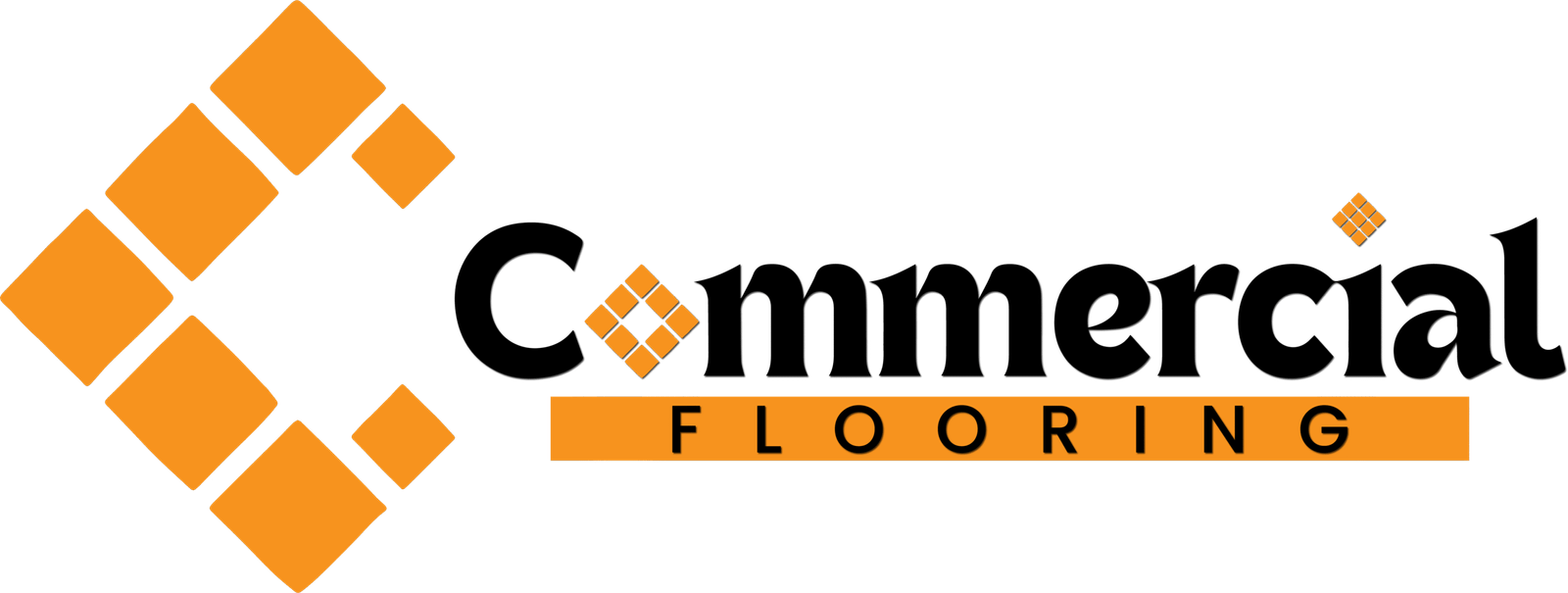Commercial flooring is more than just a surface for commercial purposes—it’s part of the first impression your business makes. Whether it’s an office, showroom, warehouse, or retail space, workshop, or garage, the condition of your floor can influence how people perceive your flooring material. But with daily foot traffic, spills, dirt, and heavy equipment, even the most durable flooring can wear out quickly without proper care and maintenance. The good news? With regular maintenance and the right approach, to can keep your floors looking clean, safe, and professional for years. In this blog, we’ll cover practical tips to help you maintain your commercial flooring and extend its lifespan on different types of flooring material. In this post, we’ll walk you through proven strategies on how to maintain commercial flooring for long-term use.
1. Understand the Type of Flooring You Have

The first step in effective maintenance is knowing what kind of flooring you’re dealing with. Each material has its own care needs:
- Vinyl and SPC Flooring: Water-resistant and relatively easy to clean. Avoid harsh chemicals.
- Epoxy Flooring: Extremely durable, great for industrial use. Needs occasional resealing.
- Carpet Tiles: Require regular vacuuming and deep cleaning.
- Hardwood: Sensitive to moisture. Needs dry mopping and periodic polishing.
- Rubber or PVC Flooring: Ideal for gyms and clinics. Easy to clean with mild detergent.
Customizing your maintenance plan based on the material prevents unnecessary damage and extends lifespan.
2. Daily Cleaning Routine
Dust, dirt, and debris can act like sandpaper, wearing down flooring surfaces over time. Establishing a daily cleaning routine helps keep your floor in top condition:
- Sweep or vacuum daily, especially in high-traffic areas.
- Use microfiber mops that pick up fine dust without scratching the surface.
- Spot clean spills immediately to prevent stains or water damage.
For carpeted areas, use vacuum cleaners with HEPA filters to trap allergens and improve indoor air quality.
3. Use Floor Mats & Entry Systems
Prevention is often the best maintenance strategy. Placing high-quality entry mats at every door can reduce the amount of dirt and moisture tracked inside.
- Choose mats that are long enough to allow at least two full steps.
- Clean and shake out mats regularly to keep them effective.
- Use secondary mats or runners in especially busy areas like lobbies or corridors.
This small step helps reduce wear patterns and lowers the frequency of deep cleaning.
4. Use the Right Cleaning Products
Using the wrong chemicals can quickly damage commercial floors. For example:
- Acidic cleaners can eat into vinyl or tile.
- Ammonia-based solutions can cloud epoxy finishes.
- Excess water can warp wood or seep into carpet padding.
Always check the manufacturer’s recommendations and use pH-neutral cleaners where possible. Also, avoid DIY hacks unless you’re certain they’re safe for your flooring type.
5. Schedule Periodic Deep Cleaning
Even with regular daily care, your flooring needs a deep clean every few weeks or months depending on usage:
- Vinyl & SPC: Scrub with auto scrubbers and mild solutions every month.
- Carpets: Steam clean quarterly to remove deep dirt and bacteria.
- Epoxy: Use buffer machines and reseal every 1–2 years.
- Hardwood: Refinish or recoat annually to restore the sheen and remove scratches.
Professional cleaning services might be a good investment for businesses that can’t manage this in-house.
6. Repair Minor Damage Promptly
Small issues like scratches, chips, loose tiles, or torn sections may seem minor at first, but they can grow into major problems. Address them early:
- Replace damaged tiles or planks immediately.
- Reapply sealant to scratched or dulled epoxy.
- Patch tears in rubber or vinyl flooring to prevent tripping hazards.
Quick repairs help avoid larger replacements and maintain a polished look.
7. Protect Against Heavy Furniture and Equipment
Chairs, tables, racks, and machinery can gouge or crush flooring. Take steps to protect against this:
- Use furniture pads or coasters under heavy items.
- Install protective casters on rolling chairs and carts.
- Don’t drag items across the floor—lift or use dollies.
This reduces wear and minimizes damage from daily operations.
8. Plan for Seasonal Maintenance
Different seasons bring different challenges:
- Rainy season: Increases moisture and mud. Add extra mats and clean more frequently.
- Dry season: Creates dust build-up, especially in entrance areas.
- Winter (if applicable): Salt and de-icing chemicals can be harsh on surfaces.
Adapting your maintenance strategy throughout the year will ensure flooring stays in good condition regardless of the weather.
9. Train Your Staff
Your maintenance plan won’t work if your team doesn’t follow it. Train staff on:
- Correct cleaning methods for each flooring type
- Safe handling of cleaning solutions
- What to do in case of spills or damage
A well-informed staff ensures consistency and helps prevent accidental damage.
10. Keep a Maintenance Log
Finally, track your maintenance schedule. This helps:
- Monitor which areas need more frequent care
- Plan replacements and budgeting
- Ensure compliance with health and safety standards
A digital or written log keeps your team accountable and organized.
Conclusion
Commercial flooring is a long-term investment. With the right care and a solid maintenance routine, you can keep your floors looking new, safe, and professional for years to come. Whether you’re running a small office or a large warehouse, consistent upkeep is the key to saving money and creating a great first impression for your clients and customers.
